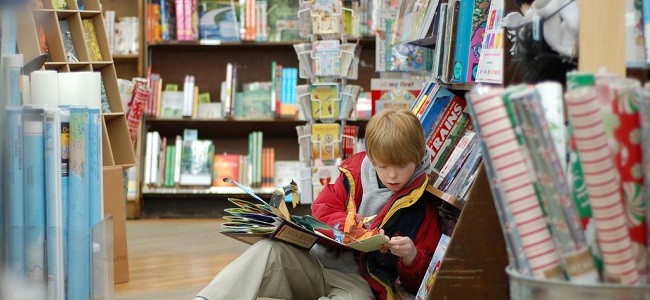At the start of each year, the vast majority of teachers write a seating plan for each new class. The seating plan will often have minor tweaks throughout each term, however the majority of students will have the same seat for the whole year. My argument is though, should a seating plan not be a flexible document related to ability and current progress of the students?
When thinking about what we would like our students to be able to do, the above definition really appeals to me. I believe that in preparing our learners for the real world, which is competitive and often challenging - we should also be teaching them how to (in the words of the dictionary definition) create ‘meaningful ideas, forms, methods and interpretations.’ We don’t want our students to be passive consumers of digital or analogue culture, I want them to be involved in shaping it.
In case it’s slipped you by, Twitter is a social media service that allows messages of 140 characters or less to be sent out into the ‘Twittersphere’ for sharing. Like many social media you can follow people, organisations, brands, events on Twitter to see the tweets that they write and find out information and read content that they want to share. Personally, I use Twitter to interact with other educators and find it an invaluable PD tool. When I am using it as a tool for my department however I use it in a completely different way.
During my primary-teaching career of over 40 years, I found that making films with pupils was a perfect way to increase engagement and progress through what becomes covert learning, as they get completely wrapped up in the excitement of having a real purpose for their work; a film premiere in their school or even the local community. For children who live in today’s digital age, it is the perfect way to combine the school’s primary agenda (to show improvement) with that of a child; to have as much fun as possible.
Some time ago, the school I was working in decided to move to longer lessons in order to allow more time for in-depth learning, and to solve some practical problems related to rooming and movement around the school. Initially, these lessons became doubles – two hours – and eventually, the school moved to a three lesson day of 1hr 50 mins per lesson. Many schools are doing the same thing. The problem, though, is that you can’t just roll two lessons into one. You have to start rethinking the way you conceptualise a lesson from start to finish.
Until writing this article, I had assumed that Halloween in America and in the UK were very similar. However, it has been brought to my attention by Mr. Cain, the editor of Innovate My School, that “Americans make British Halloweens look massively understated”. This fills me with a bit of pride. It is my hope to shed light on American Halloween in education by using bits of my own experiences as a student from College down to grade school, and also from my first year of teaching. This being my second year of teaching, and Halloween being upon us, I can only hope that it will be as much fun for the students.
We know that it’s important to get kids reading, but how can we best go about this? Dan Graham, editorial director at Loved By Kids, discusses what makes pupils want to pick up books and immersive themselves in a world of possibilities.

I can still vaguely recall the immense sense of achievement that I derived from being told that I could move on from word cards and could start the school reading scheme. However, excitement soon turned to dismay as my five year-old self realised that years of reading prescriptive and extremely dull books were ahead. The Department for Education's 2012 report 'Research Evidence on Reading for Pleasure' revealed that reading for pleasure is the most important indicator for the future success of the child. Therefore, it seems strange that many school-led forays into our wonderfully rich and diverse world of literature are sometimes so uninspiring.

A community-driven platform for showcasing the latest innovations and voices in schools
Pioneer House
North Road
Ellesmere Port
CH65 1AD
United Kingdom